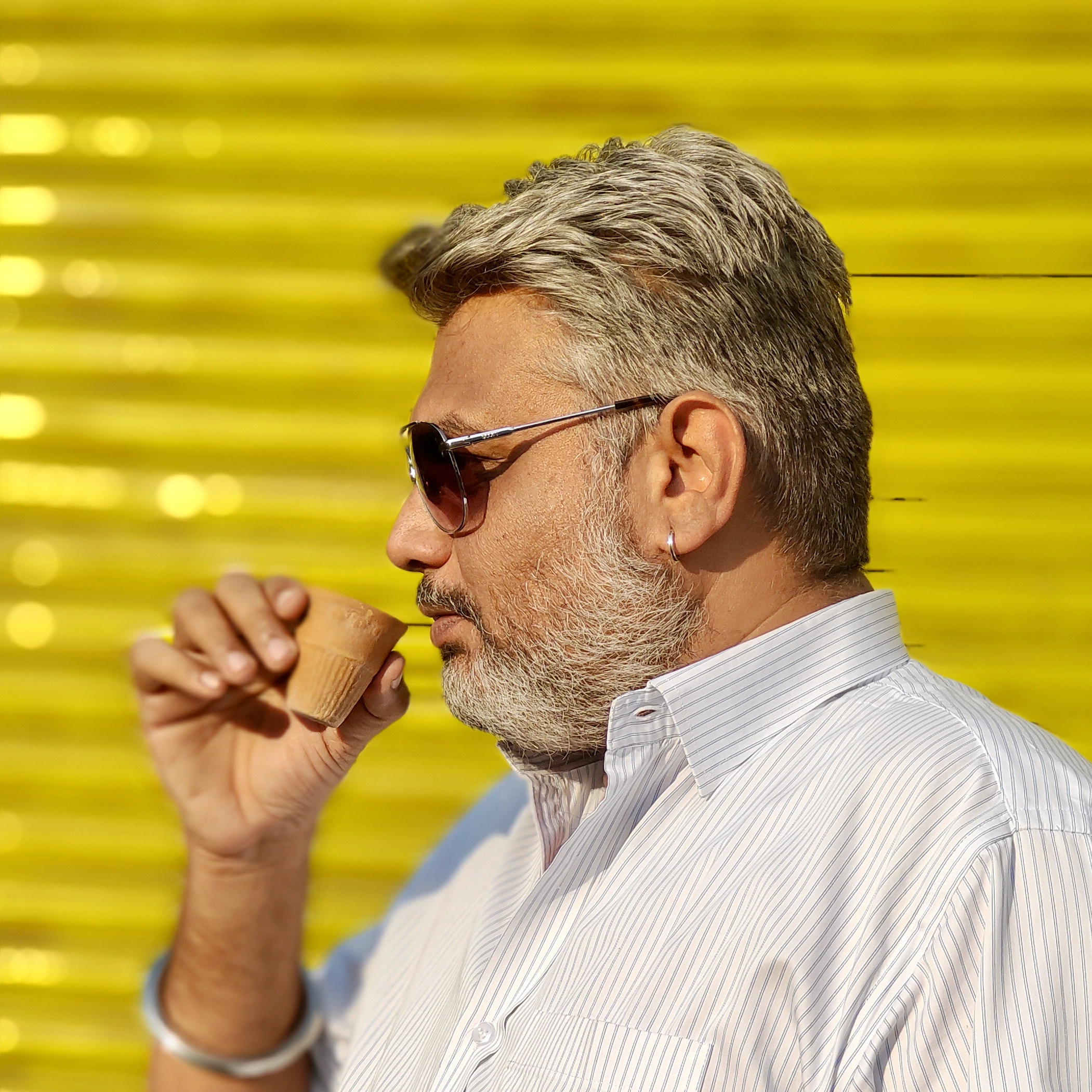BOOK REVIEW | THE GREAT INDIAN TAMASHA | RASIKA BHATIA
- Sameer Gudhate
- Jul 17, 2023
- 3 min read

"The Great Indian Tamasha" is a captivating book that takes readers behind the scenes of the extravagant and opulent weddings of the affluent and influential in India. Through the lens of well-known wedding planner Rasika Bhatia, the book explores the dark underbelly of these grand events, highlighting the chaos, humour, and complexity that surround them.
The book delves into the world of wedding planning, portraying the experiences and challenges faced by Rasika Bhatia and her team. It offers a glimpse into the spirited brides, hesitant grooms, controlling parents, greedy in-laws, fraudulent clients, and conniving competitors that populate the wedding industry. Through black humour and insightful storytelling, the book unveils the true nature of these big, fat Indian weddings, which have become a symbol of conspicuous consumption and a display of power.
Rasika Bhatia's writing style is engaging and witty, capturing the essence of the wedding industry with flair. The author's portrayal of the behind-the-scenes shenanigans is incisive and entertaining, drawing readers into the world of extravagant weddings. The narrative is laced with black humour, adding depth and an element of satire to the storytelling.
The book introduces readers to a diverse cast of characters, including spirited brides, hesitant grooms, and various stakeholders involved in the wedding planning process. These characters serve as representatives of the complexities and dynamics that exist within the wedding industry. The book also explores ideas of conspicuous consumption, societal expectations, and the power dynamics at play during these events.
"The Great Indian Tamasha" follows a non-linear structure, presenting a series of interconnected stories and anecdotes that provide a comprehensive view of the wedding industry. The book seamlessly weaves together various narratives, showcasing the range of experiences and challenges faced by wedding planners like Rasika Bhatia.
The book delves into themes of tradition, social status, power dynamics, and the excessive nature of modern weddings. It explores the idea that weddings have evolved into more than just celebrations of love and union, but rather symbols of wealth and societal standing. The book also highlights the clash between traditional values and the influence of modernity on Indian weddings.
"The Great Indian Tamasha" evokes a range of emotions, from amusement and laughter to reflection and critique. The witty and satirical narrative style allows readers to engage with the stories on an emotional level, while also prompting them to consider the societal implications of extravagant weddings.
One of the strengths of the book is its ability to shed light on the hidden complexities and dark underbelly of the wedding industry. The author's insider perspective and incisive portrayal of characters and situations provide a compelling and authentic read. The book also offers a critical examination of societal expectations and the culture of conspicuous consumption.
A potential weakness of the book is the focus primarily on the negative aspects of the wedding industry, which may leave readers longing for a more balanced view. Additionally, the non-linear structure may be disorienting for some readers, as the narrative jumps between different stories and anecdotes.
"The Great Indian Tamasha" offers a fascinating and eye-opening exploration of the world of Indian weddings. The book's wit, humour, and incisive storytelling kept me engaged throughout, and I appreciated the author's ability to present a critical perspective on the extravagant nature of these events.
In conclusion, "The Great Indian Tamasha" is a compelling and thought-provoking book that provides an insider's view of the wedding industry in India. With its engaging writing style, insightful characterization, and exploration of complex themes, the book offers readers a deep understanding of the excessive and extravagant nature of modern Indian weddings. While it may have some weaknesses in terms of its focus and structure, the book succeeds in capturing the essence of the "big, fat Indian wedding" and provoking readers to reflect on societal norms and values.







Comments